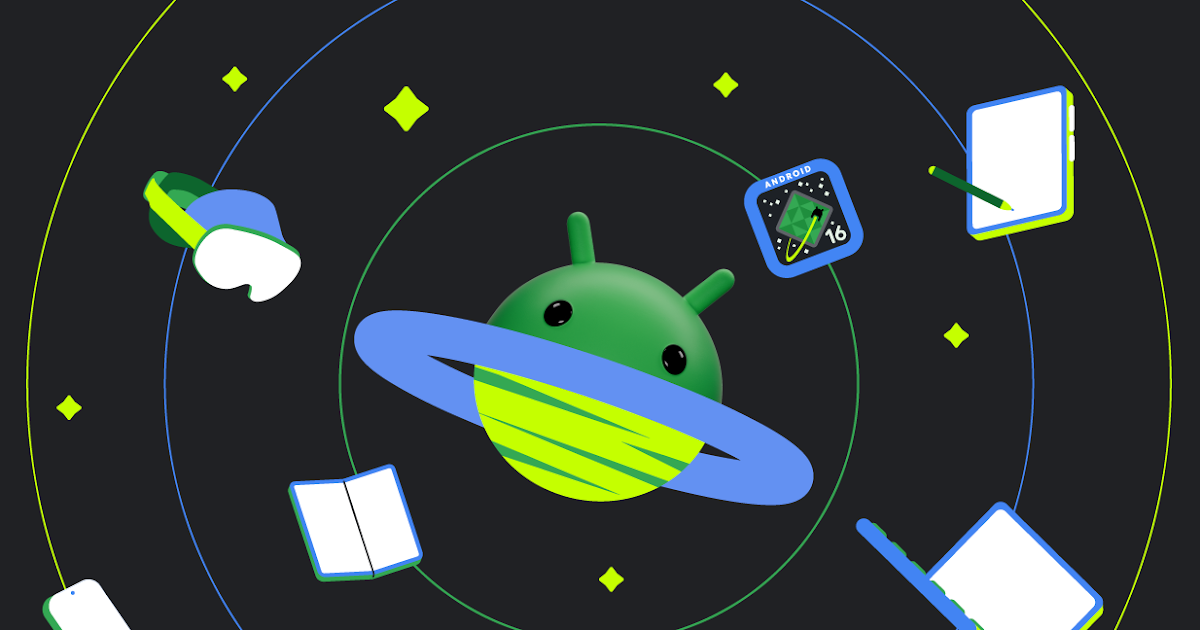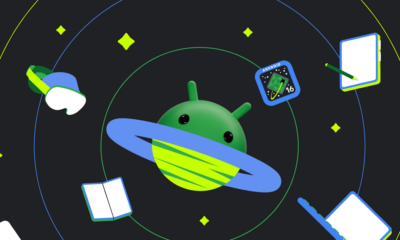Google Chat enhances automation with IFTTT integration; Pixel 9 introduces adaptive touch for improved wet screen sensitivity
Key Points:
- Google Chat now supports IFTTT for seamless automation across popular apps.
- Pixel 9’s Adaptive Touch feature improves screen sensitivity in challenging conditions.
- Both updates are designed to enhance user experience across personal and enterprise settings.
Google Chat has expanded its functionality by integrating with IFTTT (If This, Then That), a powerful automation tool that connects with over 1,000 popular apps. This integration is available for both Google Workspace and personal Google accounts, making it easier for users to automate various tasks within Google Chat.
As revealed at Cloud Next 2024, the IFTTT integration offers a range of triggers, such as detecting new messages or members in a space, and corresponding actions like posting to a space or updating space descriptions. This is particularly useful for teams and enterprise accounts, allowing them to set up workflows like sending onboarding emails to new space members or notifying a space when new files are added to cloud storage services like Google Drive or Dropbox.
Additionally, the integration allows users to stay informed by automatically posting mentions or tags from platforms like Discord, X (formerly Twitter), and Facebook to a designated space in Google Chat. This feature is now accessible to all Google Workspace customers, Workspace Individual Subscribers, and personal Google account users.
Other Google Workspace services, including Gmail, Drive, Docs, Sheets, Calendar, Contacts, and Tasks, are also compatible with IFTTT, further expanding the automation possibilities within the Google ecosystem.
Pixel 9’s Adaptive Touch Enhances Screen Sensitivity
Google’s latest smartphone, the Pixel 9 series, introduces a new feature called Adaptive Touch, designed to improve touchscreen sensitivity in challenging conditions. Whether the screen is wet, covered by a screen protector, or subjected to other factors that might impede functionality, Adaptive Touch automatically adjusts the screen’s sensitivity to optimize performance.
This feature can be found in the Pixel 9’s settings under Display > Touch Sensitivity, alongside the existing “Screen protector mode.” Adaptive Touch was initially tested in Android beta releases earlier this year, but the Pixel 9 series marks its official launch.
According to tests conducted by Android Authority, the Pixel 9’s screen performs significantly better with Adaptive Touch enabled compared to the Pixel 8 Pro, particularly when used with wet fingers. This improvement suggests that Google has made considerable strides in enhancing the overall user experience for its latest devices. Adaptive Touch is enabled by default on all Pixel 9 models, ensuring users benefit from this feature right out of the box.
YouTube Music adds new feature to keep song volume steady

YouTube Music is rolling out a new feature called “Stable volume” to make your listening experience better. This option helps keep the sound level the same across all songs, so you won’t have to turn the volume up or down when switching tracks.
Sometimes, songs are louder or softer depending on how they were made. This new feature fixes that by adjusting each track so that all music plays at a similar volume. It’s especially useful when you’re using headphones or listening in the car.
You can find this option in the YouTube Music app by going to Settings > Playback & restrictions, where you’ll see a switch for “Stable volume.” It works for both free and Premium users, and it’s now appearing on Android devices (version 7.07 or later). iOS support may come soon, but it’s not available yet.
This is a welcome update, as many streaming apps like Spotify and Apple Music already have similar volume balancing tools. It helps make playlists and albums sound smoother and more enjoyable without constant volume changes.
So far, the feature is being released in stages, so you might not see it right away, but it should show up soon for everyone.
Android
Android 16 beta adds battery health info, Pixel Fold gets better at detecting opens and closes

Google has released the Android 16 Beta 1 update for Pixel phones, and it brings some helpful new features. One of the key additions is battery health information, which is now available in the settings. Pixel users can now see the battery’s manufacturing date, charge cycles, and overall health score. This can help people understand how well their battery is holding up over time. While this feature is currently hidden under developer options, it might be fully added in a future update.
At the same time, Google is also working to improve the Pixel Fold. With Android 16 Beta 1, there’s a new system that better detects when the phone is opened or closed. This new method uses the hinge angle to more accurately understand the device’s position. Unlike older systems that could be affected by software bugs or slow response times, this new one seems to be more reliable and faster.
These changes are important for people who use foldable phones like the Pixel Fold, as better hinge detection can lead to smoother app transitions and fewer bugs. And for all Pixel users, having detailed battery info can help with managing phone performance and deciding when it’s time for a battery replacement.
Overall, Android 16 Beta 1 focuses on giving users more control and smoother experiences, especially for those with foldables.
Android
Android 16 could bring colorful always-on display to Pixel phones

Google is working on Android 16, and it looks like the update could bring more color to the always-on display (AOD) feature on Pixel phones. Right now, the AOD mostly shows white text on a black screen. But a new setting found in the Android 16 Developer Preview hints at the ability to add colors to this display.
The new feature is called “AOD Preview,” and it includes a switch labeled “Color AOD.” While this setting doesn’t work yet, it suggests that Google might be planning to show colorful content even when the screen is in low-power mode.
This change could make AOD look more lively, maybe by adding color to the clock, notifications, or wallpaper. So far, it’s not clear exactly what will change or how customizable it will be, but the feature seems to be in early testing.
Samsung already has more colorful AOD options on its Galaxy devices, so this update could help Pixel phones catch up. Google often introduces new features first on Pixel devices before making them available to other Android phones.
Android 16 is still being developed, and many features are not ready yet. But if Color AOD becomes part of the final release, Pixel users could get a more vibrant and useful always-on display in the near future.
-

 Apps1 year ago
Apps1 year agoGboard Proofread feature will support selected text
-

 News1 year ago
News1 year agoSamsung USA crafting One UI 6.1.1
-

 News1 year ago
News1 year agoBreaking: Samsung Galaxy S22 may get Galaxy AI features
-

 News1 year ago
News1 year agoSamsung Galaxy S23 Ultra with One UI 6.1 and all S24 AI features revealed
-

 News1 year ago
News1 year agoOne UI 6.1 Auracast (Bluetooth LE Audio) feature coming to many Samsung phones
-

 News1 year ago
News1 year agoSatellite SOS feature coming to Google Pixel phones, evidence leaked
-

 Apps11 months ago
Apps11 months agoGoogle’s fancy new Weather app is finally available for more Android phones
-

 News1 year ago
News1 year agoGoogle Pixel evolves as Europe’s third best selling flagship






